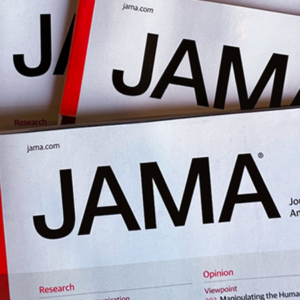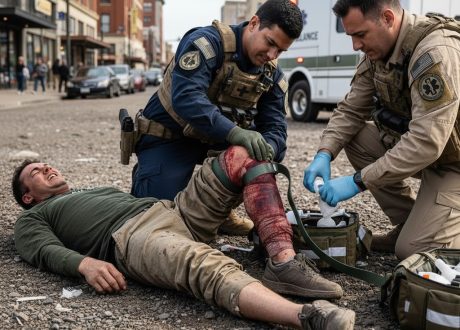http://orcid.org/0000-0002-7147-6861Max E R Marsden1,2, Suzie Kellett3, Rahul Bagga4, Jared M Wohlgemut1, Richard L Lyon5,6, Zane B Perkins1,7, Katie Gillies8, Nigel RM Tai1,2
Wohlgemut1, Richard L Lyon5,6, Zane B Perkins1,7, Katie Gillies8, Nigel RM Tai1,2
Correspondence to Mr Max E R Marsden, Centre for Trauma Sciences, Barts and The London School of Medicine and Dentistry Blizard Institute, London, UK; Max.Marsden1@nhs.net
Abstract 
Background Blood transfusion for bleeding trauma patients is a promising pre-hospital intervention with potential to improve outcomes. However, it is not yet clear which patients may benefit from pre-hospital transfusions. The aim of this study was to enhance our understanding of how experienced pre-hospital clinicians make decisions regarding patient blood loss and the need for transfusion, and explore the factors that influence clinical decision-making.
Methods Pre-hospital physicians, from two air ambulance sites in the south of England, were interviewed between December 2018 and January 2019. Participants were involved in teaching or publishing on the management of bleeding trauma patients and had at least 5 years of continuous and contemporary practice at consultant level. Interviews were semi-structured and explored how decisions were made and what made decisions difficult. A qualitative description approach was used with inductive thematic analysis to identify themes and subthemes related to blood transfusion decision-making in trauma.
Results Ten pre-hospital physicians were interviewed and three themes were identified: recognition-primed analysis, uncertainty and imperfect decision analysis. The first theme describes how participants make decisions using selected cues, incorporating their experience and are influenced by external rules and group expectations. What made decisions difficult for the participants was encapsulated in the uncertainty theme. Uncertainty emerged regarding the patient’s true underlying physiological state and the treatment effect of blood transfusion. The last theme focuses on the issues with decision-making itself. Participants demonstrated lapses in decision awareness, often incomplete decision evaluation and described challenges to effective learning due to incomplete patient outcome information.
Conclusion Pre-hospital clinicians make decisions about bleeding and transfusion which are recognition-primed and incorporate significant uncertainty. Decisions are influenced by experience and are subject to bias. Improved understanding of the decision-making processes provides a theoretical perspective of how decisions might be supported in the future.








